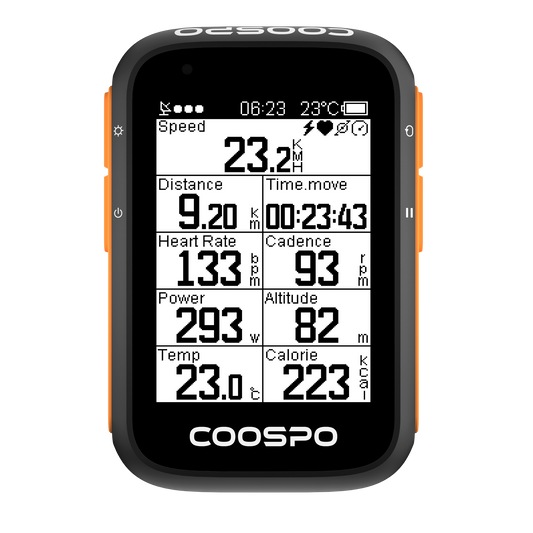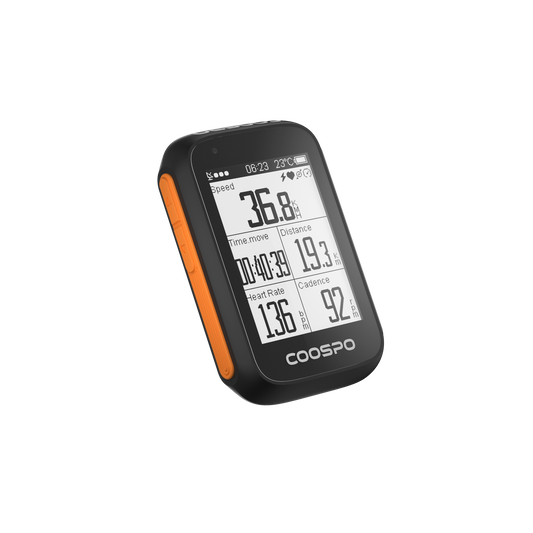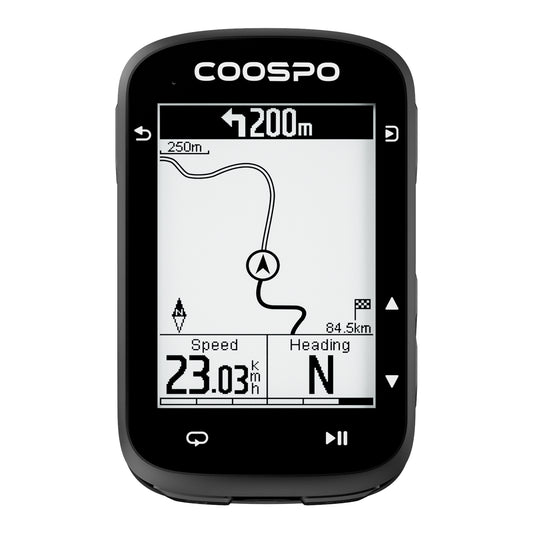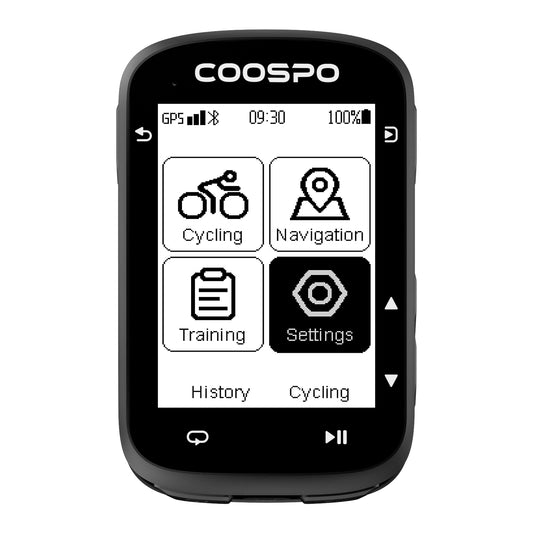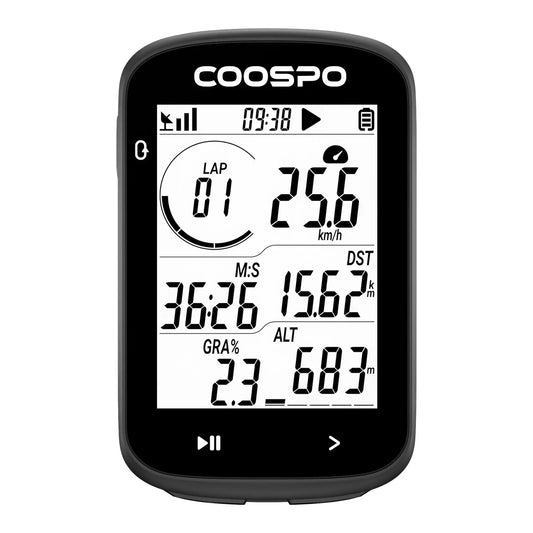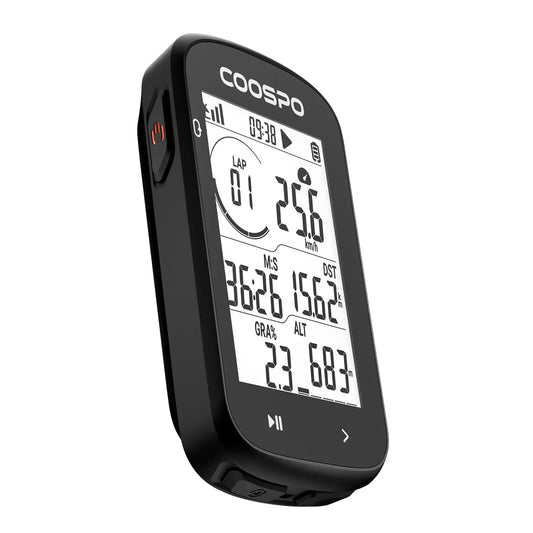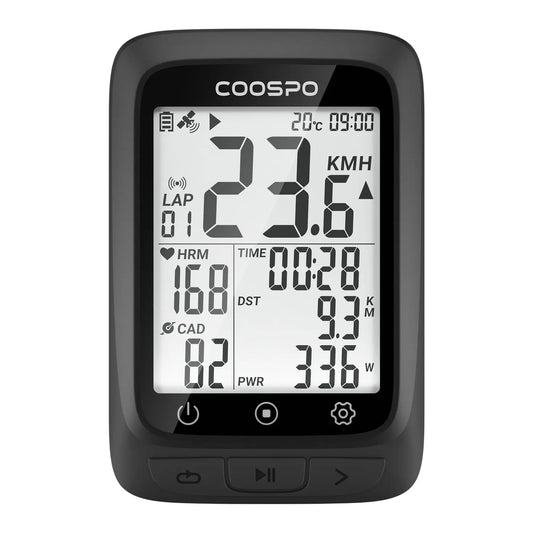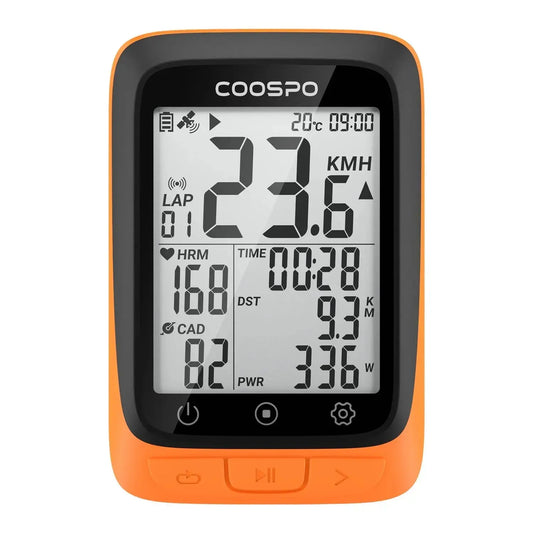Breathing Techniques for Running
Running is more than just putting one foot in front of the other; it’s a full-body workout that needs a smart approach to get the best results. One important but often ignored part of running is how you breathe.
Is breathing really something you need a technique for? Isn’t it something our bodies do automatically? These are common questions people have when they first hear about “breathing techniques for running.”
If you run or are just starting, it's important to understand breathing techniques that can help you run faster and more efficiently. No matter your age, experience, or fitness level, everyone can benefit from good running techniques. When you run, your body needs a steady supply of oxygen and helps remove carbon dioxide to keep your muscles working. Breathing properly supports your diaphragm's role in this process.
This is important for keeping your pelvis stable and improving your running form. Breathing properly while running can also help your nervous system, letting you run more calmly and stay in control even when distances get longer or your pace slows down.
What Are The 3 Breathing Techniques For Runners?
When you run, how you breathe can really affect your performance. The three main breathing methods for runners are breathing through your nose, breathing through both your nose and mouth, and breathing through your mouth.
Nasal Breathing
Nasal breathing means you breathe in and out only through your nose. This method is great for low to moderate-intensity runs. It works best for easy runs and moderate jogging, not for sprints. When using nasal breathing, you should exhale through your nose without using your mouth.
Breathing through your nose helps warm, clean, and add moisture to the air before it reaches your lungs. This is especially useful in cold or polluted places where the air might irritate your respiratory system.

Pros:
• Better Oxygen Use: Nasal breathing encourages deep breathing, which helps your body use oxygen more efficiently and lowers the chances of over-breathing.
• Natural Filter: The nose filters out dust and pollutants, which is especially helpful for people with allergies or those exercising in busy cities.
• Encourages Relaxation: Breathing through your nose helps keep a calm and steady pace, making it great for long-distance running.
Cons:
• Restricted Airflow: ****The nasal passages are narrower than the mouth, limiting the amount of air intake, which can be a drawback during high-intensity runs.
• Increased Effort: During intense exercise, the demand for oxygen increases, and relying solely on nasal breathing may require more effort and might not provide sufficient oxygen.
Mastering this breathing technique may take some time, but it will bring some positive returns in the future. You can try and practice this type of breathing while you are walking or working around the house on random chores.
Nose And Mouth Breathing
A hybrid breathing technique involves breathing in through your nose and out through your mouth, or sometimes using both your nose and mouth at the same time. This method is very effective for long-distance running and for situations where you need to pick up your pace with moderate effort. Taking just 10 to 20 breaths this way can help reset your breathing and improve your performance.
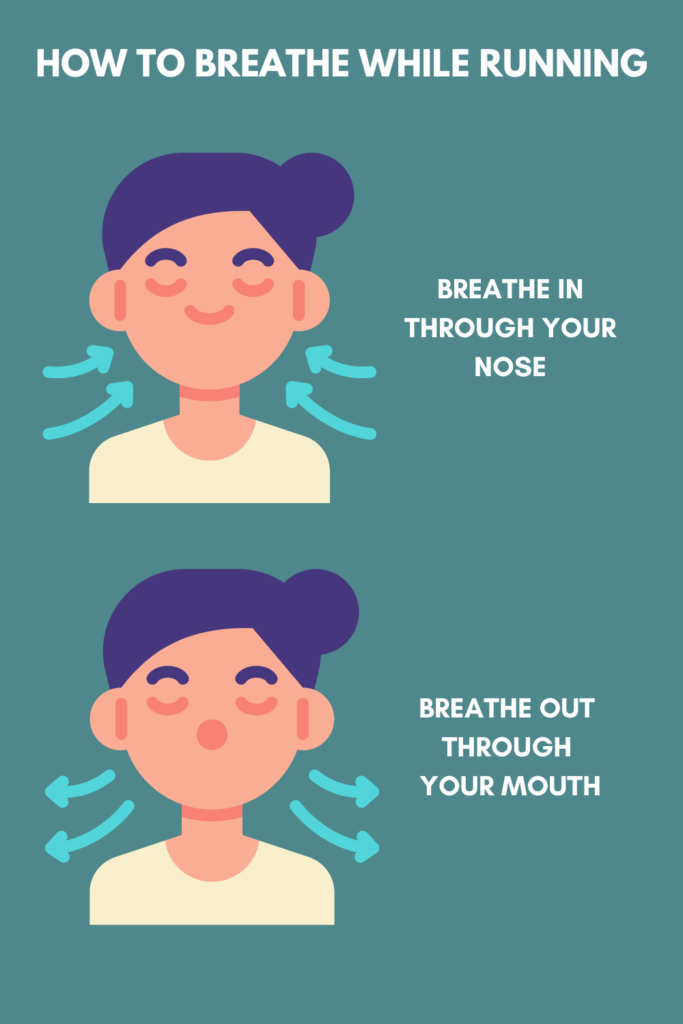
Pros:
• Balanced Oxygen Supply: Inhaling through the nose and exhaling through the mouth can balance oxygen intake and carbon dioxide expulsion, making it easier to maintain a steady pace.
• ****Improved Endurance: This method allows for a greater intake of oxygen than nasal breathing alone, helping runners sustain their energy levels during longer or more intense workouts.
• Flexibility: Nose and mouth breathing offers a flexible approach, adjusting to the body’s needs as the intensity of the run varies.
Cons:
• Potential for Hyperventilation: If not managed properly, this technique can lead to hyperventilation, especially during intense exercise, causing dizziness or a feeling of breathlessness.
• Less Filtration: While this method increases oxygen intake, it sacrifices some of the filtering benefits of exclusive nasal breathing.
Mouth Breathing
Mouth breathing is often adopted during high-intensity runs where the body’s demand for oxygen is high. In this technique, both inhalation and exhalation occur through the mouth. Mouth breathing is an ideal technique for high-intensity running because it allows the runners to breathe as much air as possible. People often switch to mouth breathing when going uphill or performing sprints.

Pros: • Maximized Oxygen Intake: The mouth offers a larger airway, allowing more oxygen to enter the lungs quickly.
• Ease of Breathing: For runners who struggle with nasal congestion or who are running at an intensity where nasal breathing feels insufficient, mouth breathing can provide relief and ensure adequate oxygen supply.
• Supports High-Intensity Exercise: Mouth breathing is particularly useful in short, high-intensity bursts of activity where the oxygen demand peaks.
Cons:
• Dry Mouth: Mouth breathing can lead to a dry mouth and throat, which can be uncomfortable, especially in dry or cold conditions.
• Increased Risk of Injury: Mouth breathing may encourage shallow, chest-based breathing, which can lead to poor posture and increased risk of side stitches or other running-related injuries.
• Reduced Filtration: Breathing through the mouth bypasses the natural filtration system of the nose, potentially exposing the lungs to more pollutants.
Which Breathing Technique Is Best For Running?
Research shows that good breathing techniques while running might not significantly improve how efficiently a person runs. However, they can boost the runner's mood, making them feel better and allowing them to run harder and longer.
Here are some techniques you can try:
For a low-intensity run, try breathing in for three steps and out for three steps (a 3:3 ratio). You can extend it to 6:6 if you like, but many find 4:4 works best.
For sprints or interval training, use a 2:2 breathing pattern.
Avoid 1:1 breathing except for short bursts of 20 seconds during sprints.
These rates are just general guidelines. Each runner should pick what works best for their stamina. It's a good idea to try different breathing patterns and choose the one that feels most comfortable.
To avoid muscle imbalances, try exhaling alternately with your right and left foot. Rhythmic breathing reduces pressure on your diaphragm and helps distribute the impact evenly across both sides of your body.
This breathing technique for running helps you match your breath with your foot strikes. By focusing on your breath, you connect your mind and body, which makes it easier to control and measure your running effort. When you feel the run, it allows you immediate and precise control over your entire body. You can remain calm and avoid any stress that could inhibit your performance.
How Can I Strengthen My Lungs For Running?
Both lungs and heart benefit from running and exercising. The lungs provide oxygen, while the heart supplies blood to the muscles.
Experts recommend 30 minutes of moderate exercise five times per week to improve lung capacity. Moderate exercise typically includes brisk walking, running, jogging, or other cardiovascular activities. Regular workouts increase the air your lungs can intake by 5 to 15 percent. This then leads to improved endurance and reduced breathlessness.
Keeping your lungs healthy can be an effective way to avoid problems during running. So, here are some tips to keep your lungs healthy:
• Eat foods high in fiber and antioxidants.
• Make indoor air cleaner with air filters or by using artificial fragrances.
• Get vaccines like the flu and pneumonia shots to prevent lung infections and keep your lungs healthy.
• If you smoke, try to quit. Also, stay away from secondhand smoke and pollutants.
Your lifestyle choices, including your diet and environment, is what can positively impact your lungs.
Why Do I Struggle To Breathe When Running?
Poor Breathing Technique Many runners struggle with breathing because they haven't developed an efficient technique. Shallow, chest-based breathing can lead to rapid fatigue and discomfort. Switching to diaphragmatic breathing can help, as it promotes deeper, more efficient breaths.
Lack of Fitness If you're new to running or haven't exercised in a while, your lungs and cardiovascular system may not be conditioned for the demands of running. As your fitness improves, so will your ability to breathe comfortably during exercise.
Running Too Fast Pushing yourself too hard, too quickly, can leave you gasping for air. It's important to pace yourself, especially if you're a beginner. Start at a slower pace and gradually increase your speed as your endurance builds.
So, if you struggle to breathe when running, you should understand that you have worked past your capacity.

If you feel short of breath while running, it could mean you've exceeded your exercise capacity. Using a Coospo heart rate monitor can help you better track your workout intensity. The Coospo heart rate monitor not only tracks your heart rate in real-time but also has an alarm function that alerts you if your heart rate exceeds the maximum limit you set. This helps you avoid over-exercising and allows you to safely improve your performance.



